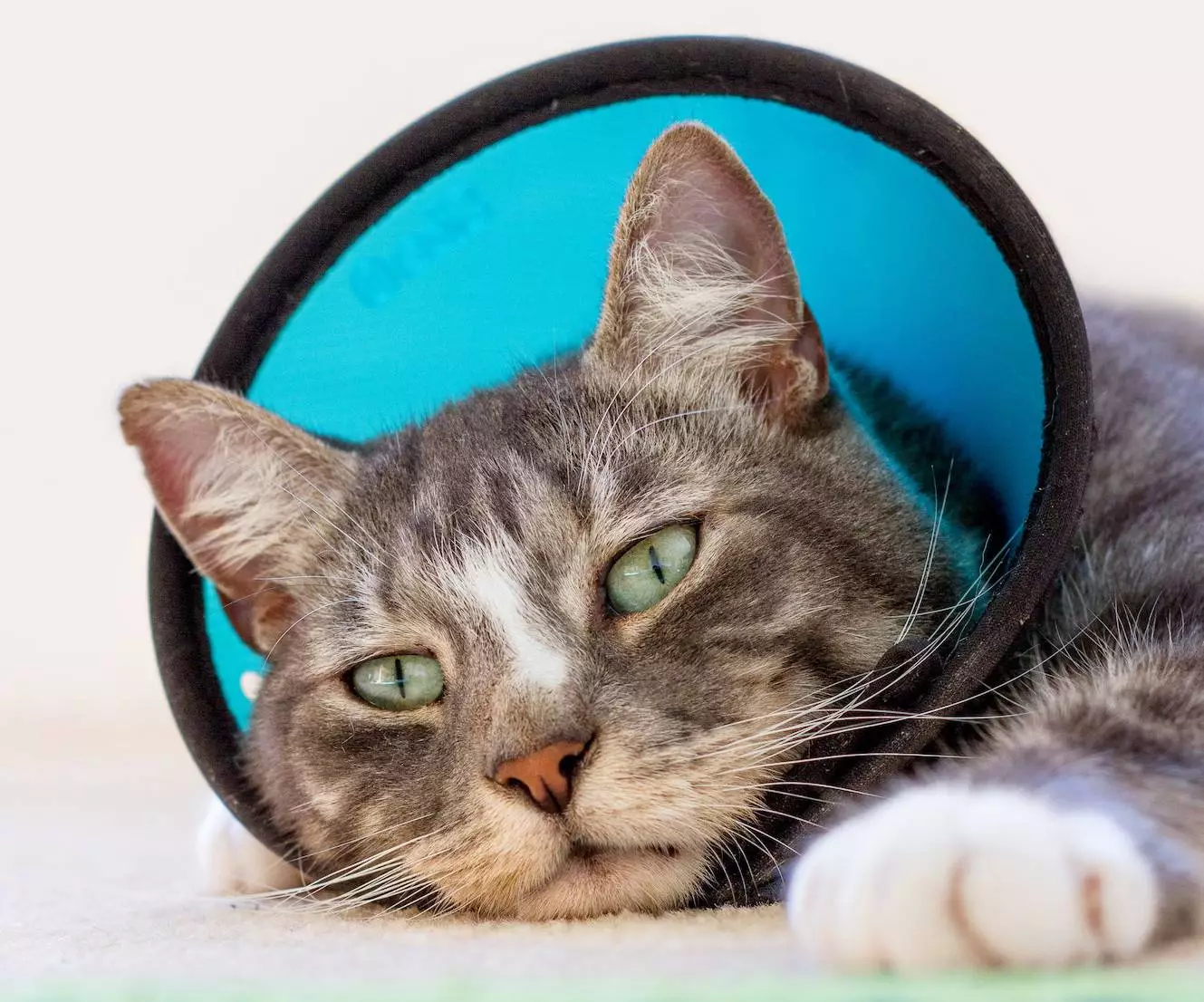In the realm of pet ownership, knowledge about first aid can be the critical line between life and death for our beloved animals. Just as humans have to cope with emergencies, pets are vulnerable to injuries and health crises that demand an immediate, informed response. Nina Downing, a veterinary nurse with PDSA, emphasizes that understanding what to do when a pet is injured or unwell can greatly impact their recovery and comfort. Disturbing statistics reveal that veterinary teams encounter thousands of serious cases, including over 3,100 broken bones and 7,300 seizures within a single year. This highlights the pressing need for every pet owner to be equipped with the right knowledge and skills to tackle emergencies head-on.
One scenario that pet owners may face is the unfortunate event of a broken bone. A fractured limb can be extremely distressing for any animal, and it is essential for caregivers to remain calm. Movement can exacerbate the pet’s pain, making it highly important to avoid maneuvering around the injured area. If you suspect that your pet has a broken bone, refrain from allowing them to walk. Instead, contact your veterinarian for immediate guidance. It’s crucial to keep the pet calm and comfortable until professional help can be obtained.
Responding to Seizures in Pets
Witnessing a pet have a seizure can be one of the most alarming experiences for an owner, particularly if it happens for the first time. Creating a safe environment is paramount: remove any nearby objects that could cause injury and ensure that the space is quiet and dim. As difficult as it may be, restraining the pet during a seizure is strongly discouraged since it could lead to further injury for both the pet and the person attempting to intervene. Monitoring the duration of the seizure and being prepared to provide this information to your vet could be key to diagnosing the underlying issue. In the event that the seizure exceeds two minutes, or if multiple seizures occur within 24 hours, contact your veterinarian immediately for further instructions.
Preventing and Managing Heatstroke
The risks associated with heatstroke can escalate quickly if not addressed promptly. Pet owners should always be vigilant of their pets while outdoors, especially during hot weather. If you suspect that your pet is overheating, swift action is vital. Begin by moving them to a shaded or cooler environment and apply cool (not cold) water directly onto their fur, avoiding their face. Offer them water to hydrate and open windows or use fans to circulate cooler air. Immediately reach out to your vet for additional advice on treating heatstroke effectively while simultaneously cooling your dog down.
A proactive approach to pet care includes being prepared with a comprehensive first aid kit tailored for pets. Essential items to include are adhesive bandages, antiseptic wipes, sterile gauze, and emergency contact numbers for your veterinarian and poison control. Additionally, your first aid kit should contain instructions on how to perform CPR on your pet, as well as information on common emergencies one might encounter. Regularly reviewing and updating the kit ensures that you’re always ready to take swift action when needed.
Educational Resources for Pet Owners
Furthermore, resources like the PDSA’s free Pet First Aid guide provide accessible information on a variety of critical scenarios, from handling wounds to offering practical safety tips. The guide serves as a handy reference for pet owners, enabling them to become more competent in managing their pets’ health emergencies. Regularly revisiting such information helps reinforce best practices for pet care and emergency readiness.
Understanding pet first aid and being prepared for unforeseen circumstances can significantly impact the health and safety of our furry friends. As the bond between humans and their pets deepens, it becomes increasingly vital to be prepared for potential health crises. The PDSA and similar organizations aim to support pet owners by providing life-saving information and services, reinforcing the idea that responsible pet ownership extends well beyond daily care. By investing time in education and preparation, you’re ensuring a healthier and happier life for your beloved companions.


Leave a Reply